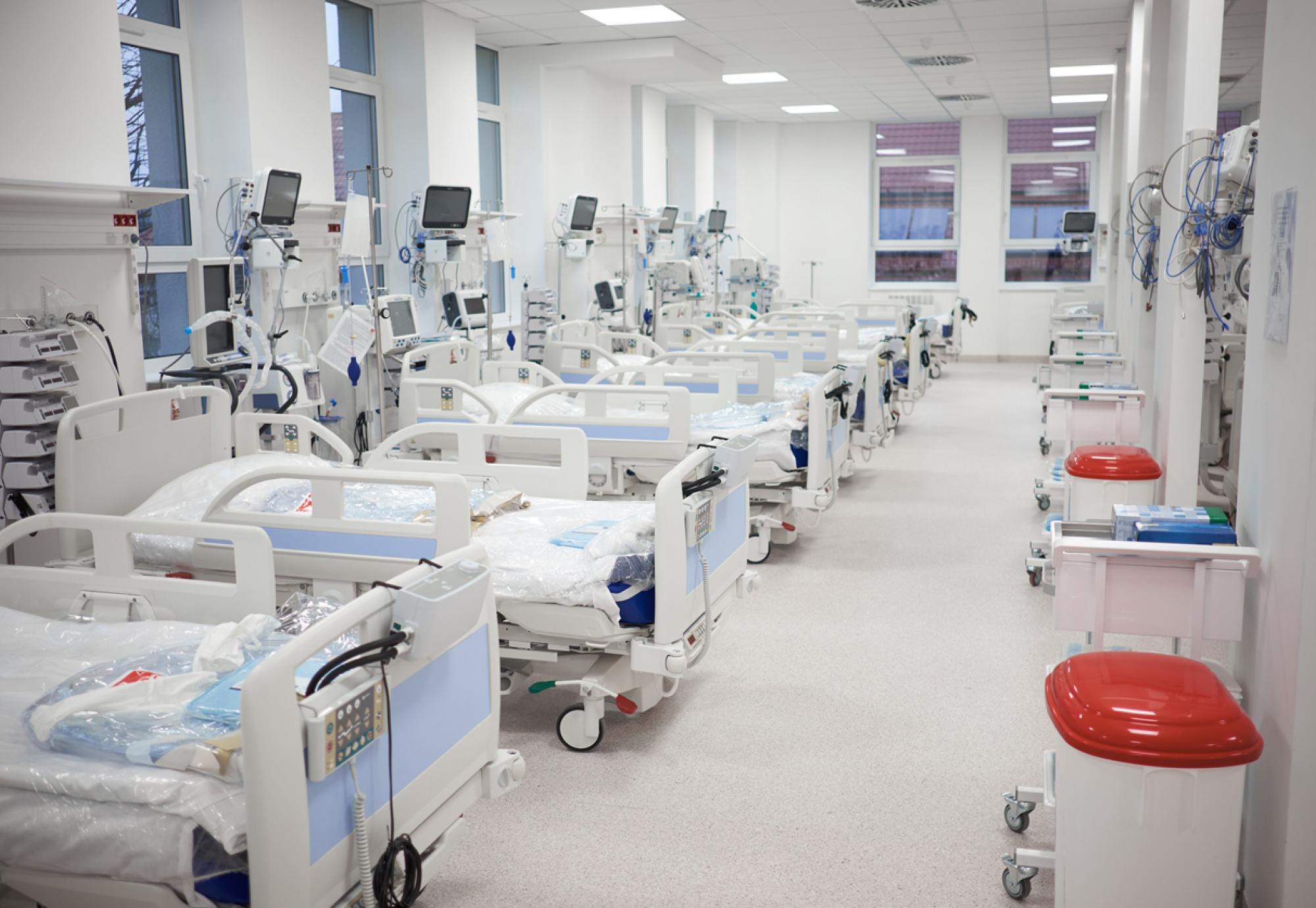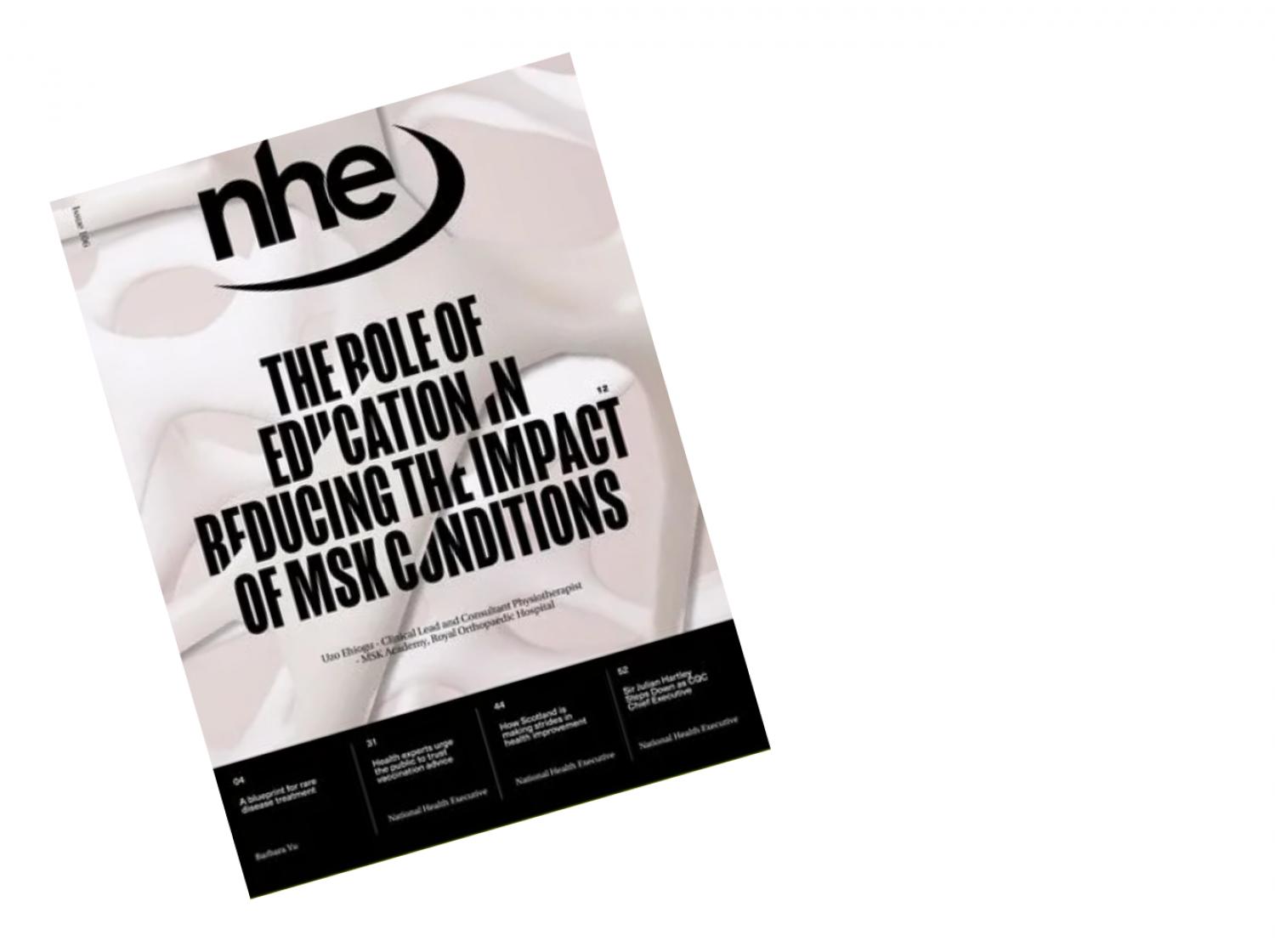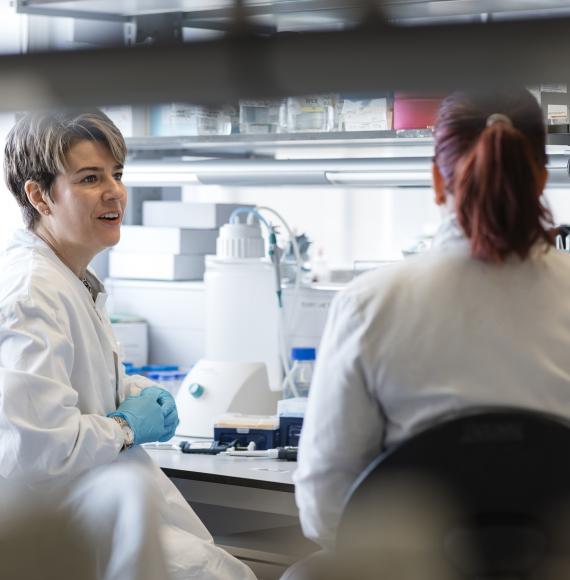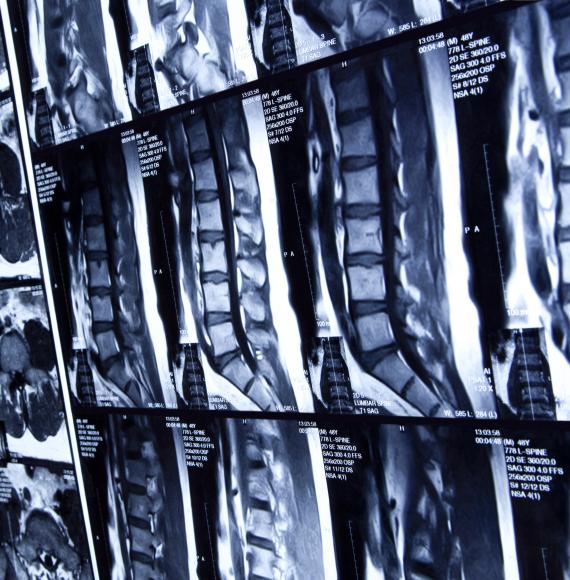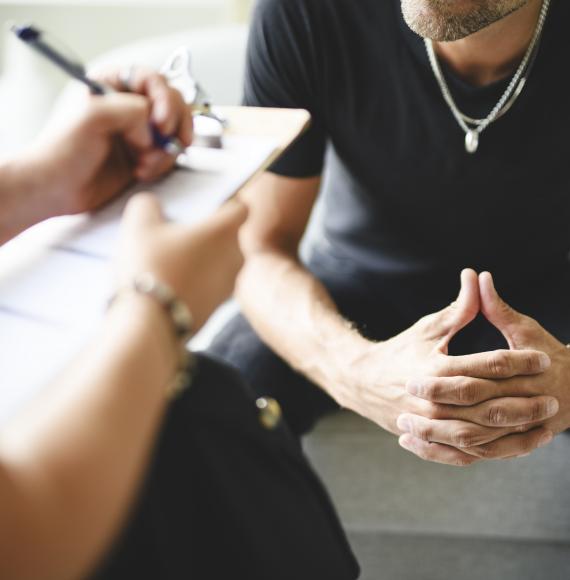Right now, hospitals in England are facing multiple challenges to providing safe and effective care in a timely manner. Widespread disruption to the NHS caused by the Covid-19 pandemic has been exacerbated by a depleted and exhausted workforce leaving the NHS more vulnerable than ever.
With a waiting list for both elective care and diagnosis now standing at over 7 million patients in England (10% of the UK population), recovering services - known as elective recovery - is one of the NHS’s major priorities for the foreseeable future.
Yet the imbalances between capacity and demand in trusts are resulting in considerable variations in referral to treatment times across England. In Accurx’s annual user survey, 53% of trust staff said they are worried or very worried about their service’s capacity to reduce its waiting list. Addressing NHS workforce shortages and having the right leadership culture in place are fundamental to developing a modern and flexible system that can handle these pressures, but these are not easy or simple problems that can be solved overnight.
What can make a more immediate difference, however, is the use of technology in trusts to manage this increased demand, with the same capacity. This is not about digitising existing processes, but enabling trusts to manage improved pathways and experiences for patients and staff, to get on top of waiting lists. At Accurx, we believe there are three key principles that can help trust leaders do this.
- Support patient initiated follow-up for better service utilisation
Patients primarily access ongoing care in hospitals through appointments, which has numerous challenges that impact on a trust’s ability to recover elective care.
For example, when a patient requires routine follow-up, the default is often a booked appointment scheduled via a physical letter. This means patients are unable to seek care in the moment they need it, and can’t easily schedule or cancel appointments, often meaning they are missed. In fact, according to Jim Mackey, NHS National Director for Elective Recovery, 7.5 million appointments were missed in 2022. That’s more than the size of the current waiting list, representing a financial cost of approximately £1bn as well as a time cost for busy staff and long-waiting patients.
For trust staff, this process results in poor service utilisation and empty appointment slots, whilst other slots are used for unnecessary follow-up appointments for stable patients who may not require face to face care. Mackey has also stated that up to two thirds of outpatient appointments are being used for follow-up reviews like this, many of which are unnecessary and could be given to patients who really need them.
Instead of default face-to-face follow-up appointments, trusts should be supporting more patient-initiated care, i.e. where patients can contact the service to get the specialist support or advice they need. Traditionally, patients are automatically booked into an appointment when they request support, however, with the use of digital communication, many of these otherwise automatically booked appointments can be avoided. For trusts where digital patient-initiated follow-up (PIFU) has been implemented well, we see that a large volume of queries can be actioned by staff immediately, resulting in a better experience for patients with time saved for staff. For example, the Dermatology team at one of our partner trusts has been using Accurx to manage their PIFU patients since September. So far, they’ve sent out 910 PIFU links and have received 85 requests, equaling a 9% request rate. 40% of these were administrative related requests which could be handled without the need for an appointment.
We recognise that there are always two key areas of hesitancy with this approach: opening the “floodgates” and missing high risk patients. On opening the floodgates, we’ve seen first hand through our work with 98% of GP practices that this isn’t the case. Giving patients a way to communicate with their care teams doesn't increase demand, but allows for better service and workflow optimisation, with queries directed to the most appropriate member of staff and patients directed to safe, appropriate and timely care. On missing high risk patients, PIFU does not replace clinical decision-making and it is important to note that it may only be suitable for a stable cohort of patients. Digital PIFU pathways should embed a safety backstop as good practice, such as automated reminders for patients about access to services, or notifying healthcare professionals about patients who haven’t been in contact for a specific period of time.
- Earlier clinical validation and triage to reduce unnecessary appointments
Trusts can start embedding a triage first model for patient care, just like primary care has done. This will reduce the automatic scheduling of face-to-face appointments which are of low value, for example where a referral may not be required or where telephone or online advice would have been more efficient.
With triage, teams can request information through clinically validated questionnaires and monitoring forms, allowing for more effective clinical decision-making, ensuring patients can be cohorted against high, medium or low risk and subsequently directed to the most appropriate next step. Where an appointment is needed, clinicians and administrators can collaborate in coordinating and managing appointments, reducing admin and the risk of DNAs.
Typically, primary care practices using Accurx’s triaging solution resolve 25-30% of requests without an appointment; in secondary care we estimate that more than 25% of incoming queries could be dealt with in this way.
- Personalise communication with patients to free up staff time
Trusts need to start communicating with patients in a way that meets their needs. For some, this will still involve face-to-face care. But for many, this can be any combination of SMS messages, phone-calls or notifications through the NHS App. Flexible communication methods that meet the needs of patients improve patient experience, but crucially, reduce the administrative burden for clinicians and admin staff, allowing them to deal with more demand and move through the backlog faster.
For example, with one of our partner trusts, we’ve helped their Thoracic Surgery team set up a virtual clinic which has saved clinicians 2-3 hours of time per clinic. Previously, the lead consultant in Thoracic Surgery was conducting face-to-face appointments with lung cancer patients to review their scans every 3 months. This would see the patient come to the hospital for the scan, then wait, and then come back to the hospital for another appointment to receive their results. Yet the majority of scan results were normal and did not require any further investigation. What’s more, the scan would sometimes end up being rearranged and occurred after the appointment, in which case there are no results to even discuss.
Spotting an opportunity to work with Accurx to overhaul these outpatient appointments, the consultant piloted a new approach. Instead of bringing the patient in to review and communicate their results in person, the consultant reviews the scan in a virtual clinic without the patient present. If their scan is normal, the patient receives a text message informing them of their result and confirming the date of their next scheduled scan. If the scan is not normal, the consultant phones the patient to review their result or they are booked a face to face appointment.
Each virtual review and message to the patient takes approximately 5 minutes, compared to the 25 minutes taken for a face to face consultation. This has saved approximately 3 hours of clinical time per clinic, combined with the overhead associated with patients coming in in person. It also means patients don’t need to take time off work, pay for travel and petrol, and they receive their results much sooner than they would have otherwise.
If you were given the option between knowing if your test results were normal by SMS, or waiting 4-6 weeks for a letter or face-to-face appointment to hear the news, which would you pick? At times of high demand, it’s important to be flexible in the delivery of care to create more capacity within the system.
This technology already exists, and is simple to implement
The good news is, this technology already exists and in many cases is simple and quick to implement.
By embedding simple technology, trusts can drive productivity through saving staff time, whilst enabling continuity of care and increased access through more connected, consistent communication, all whilst solving for elective recovery.
As the NHS continues to recover, trust leaders who embrace technology and these principles will ensure improved communication between healthcare professionals involved in patient care, shorter waiting times for patients, and reduced pressure on NHS staff and services.

